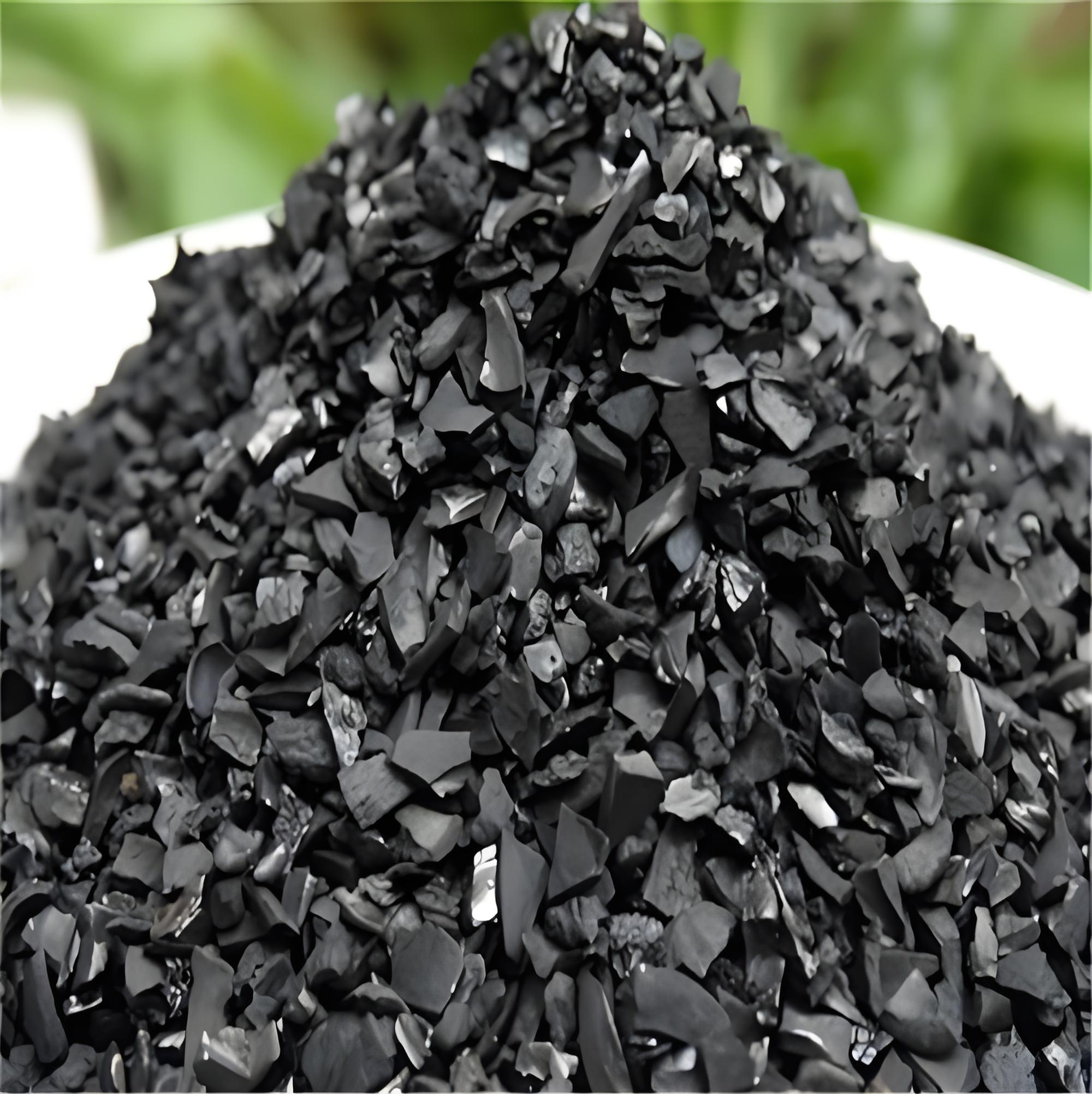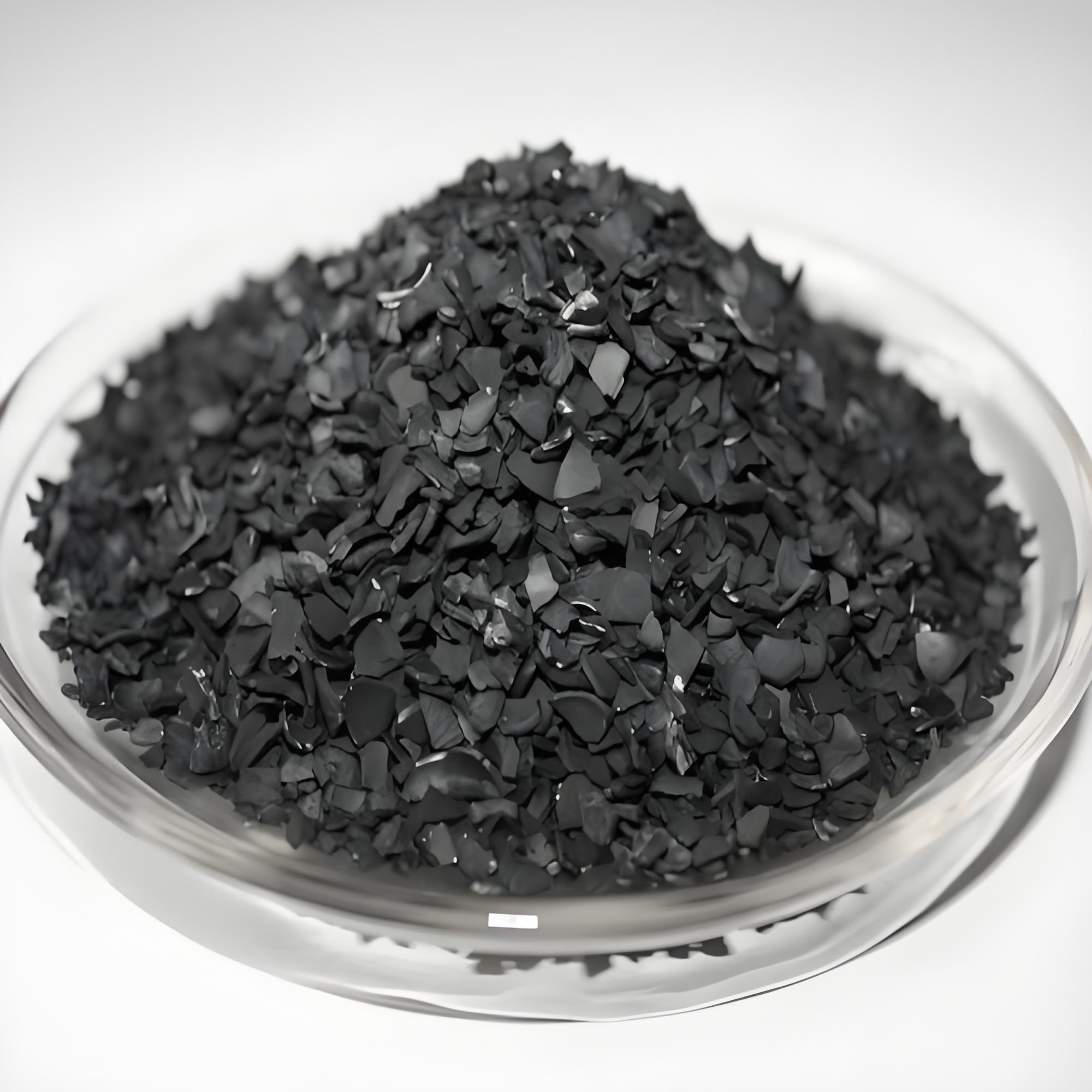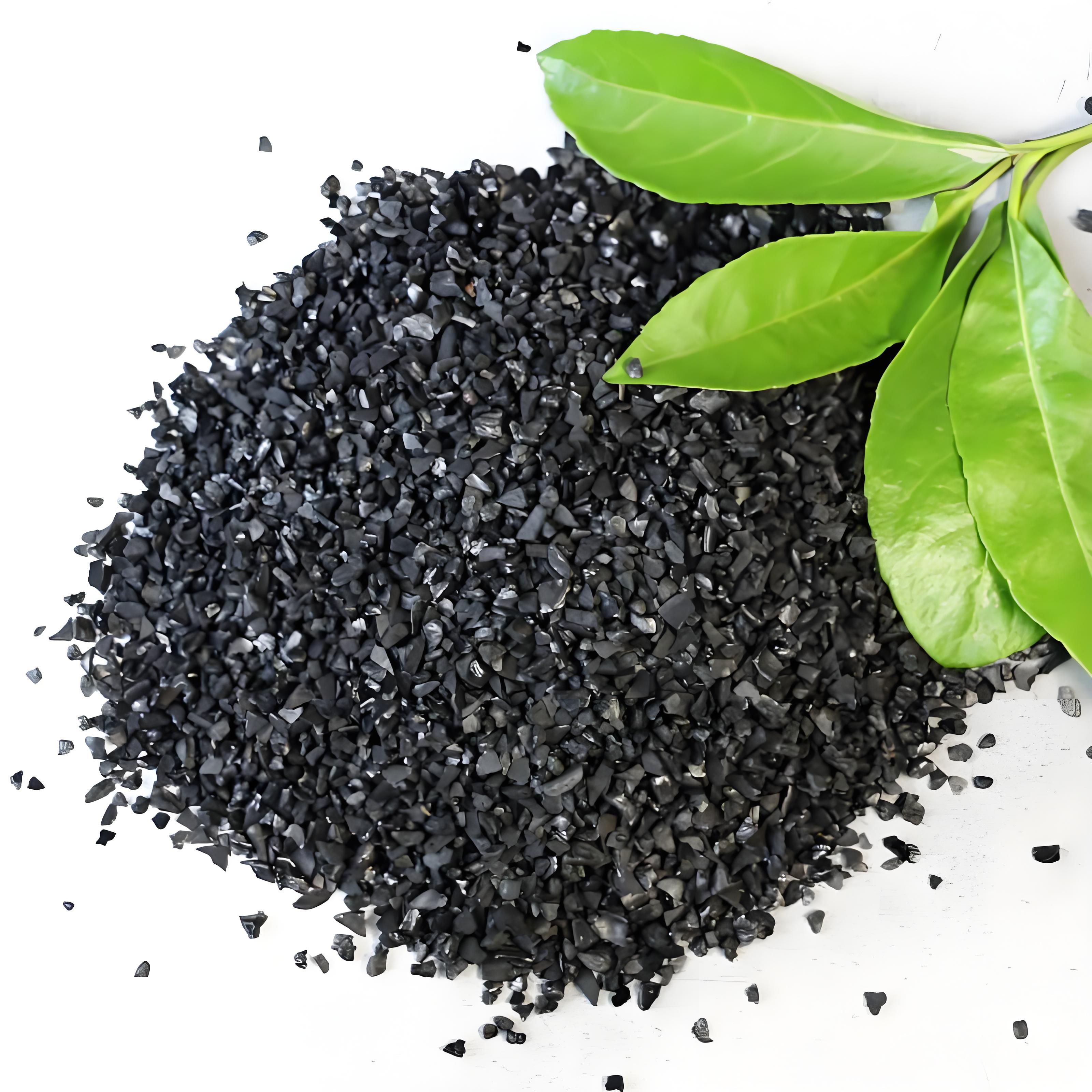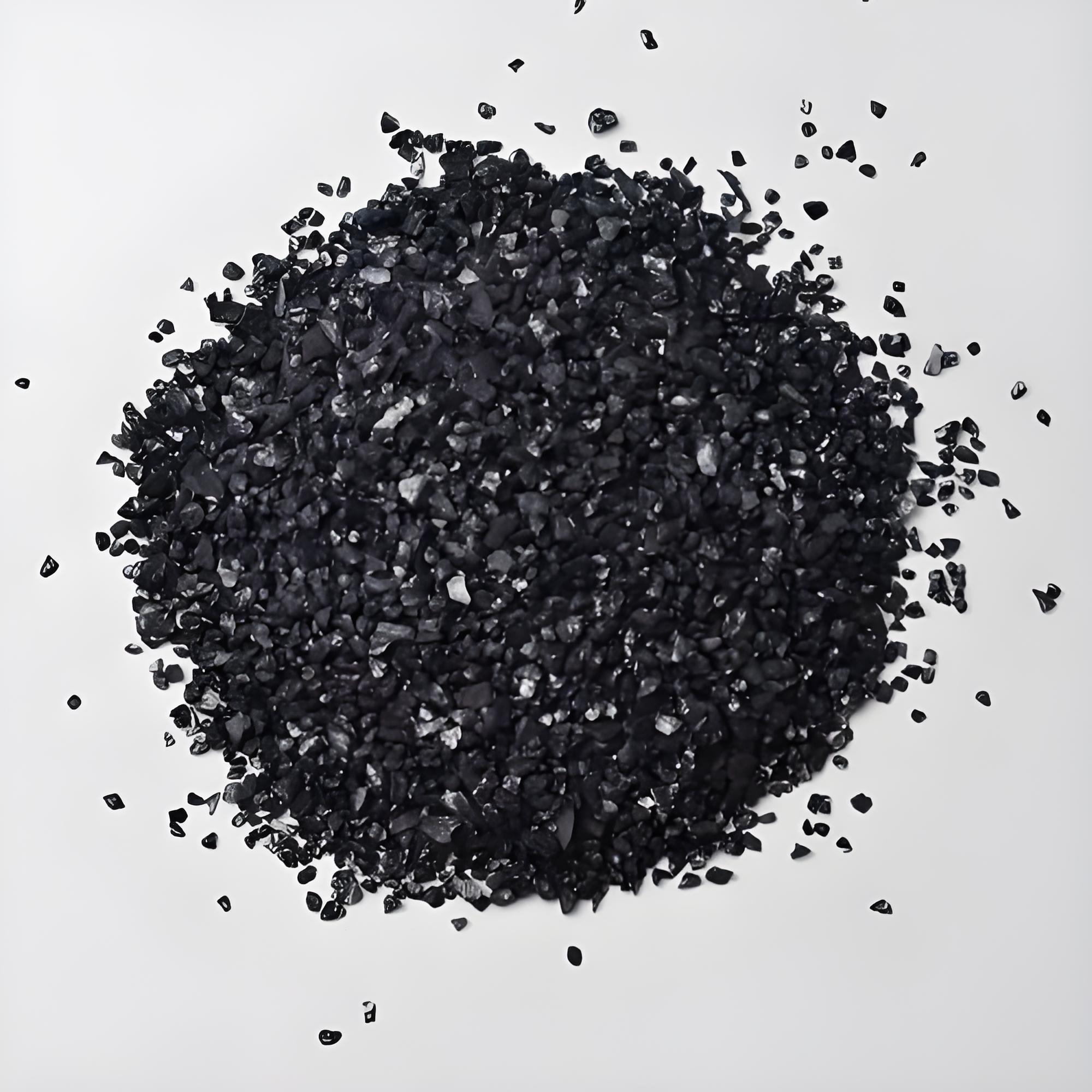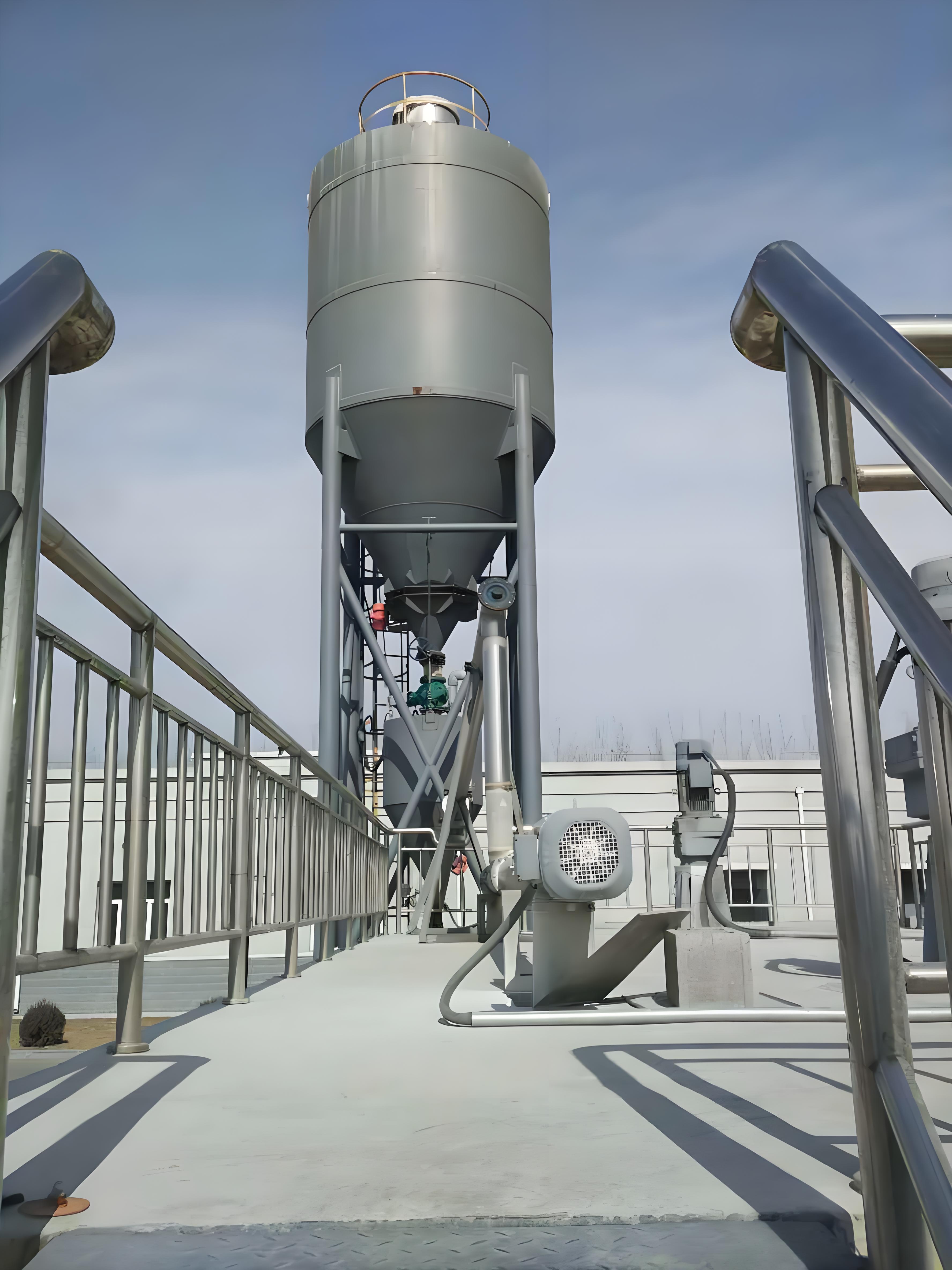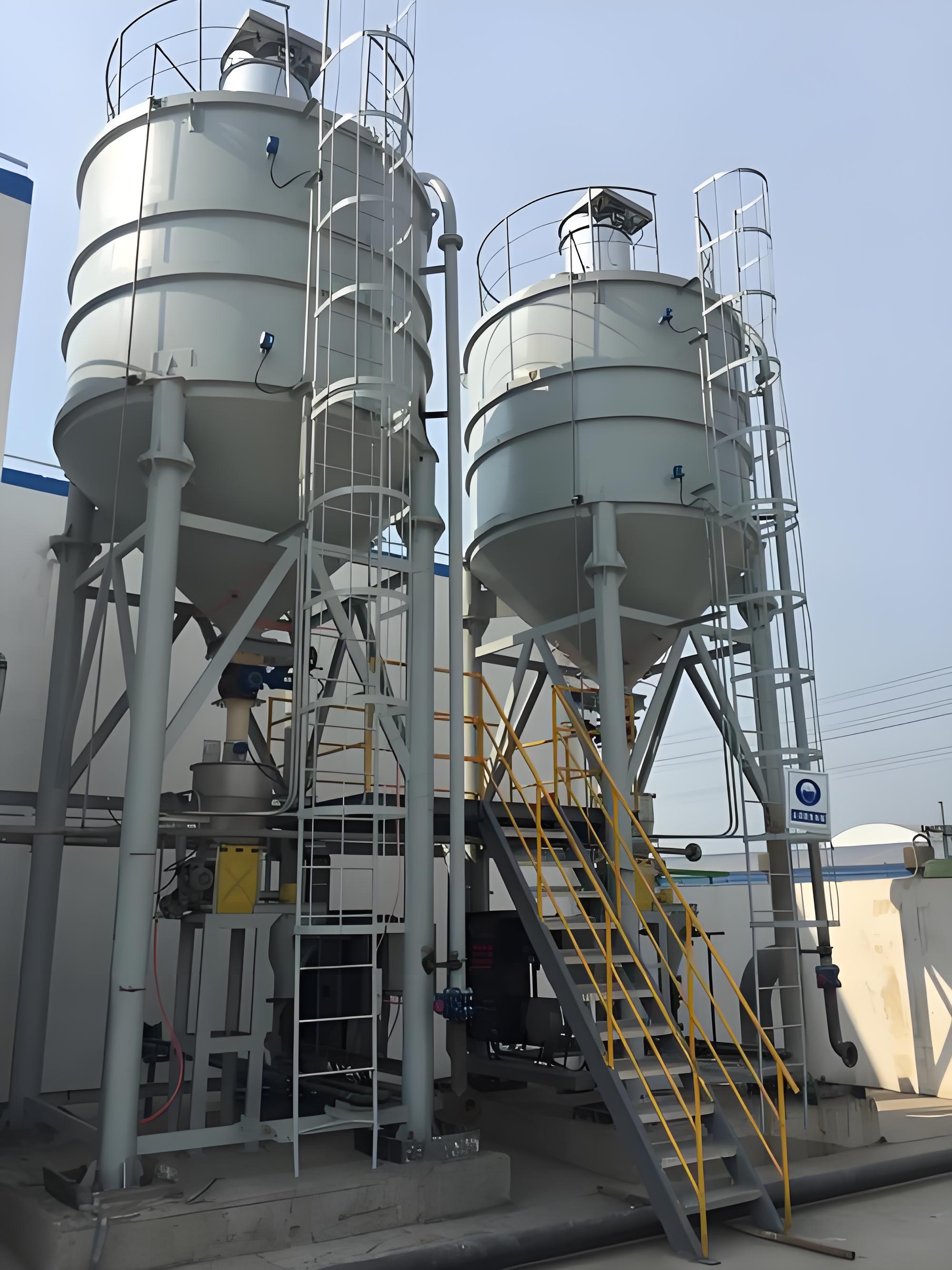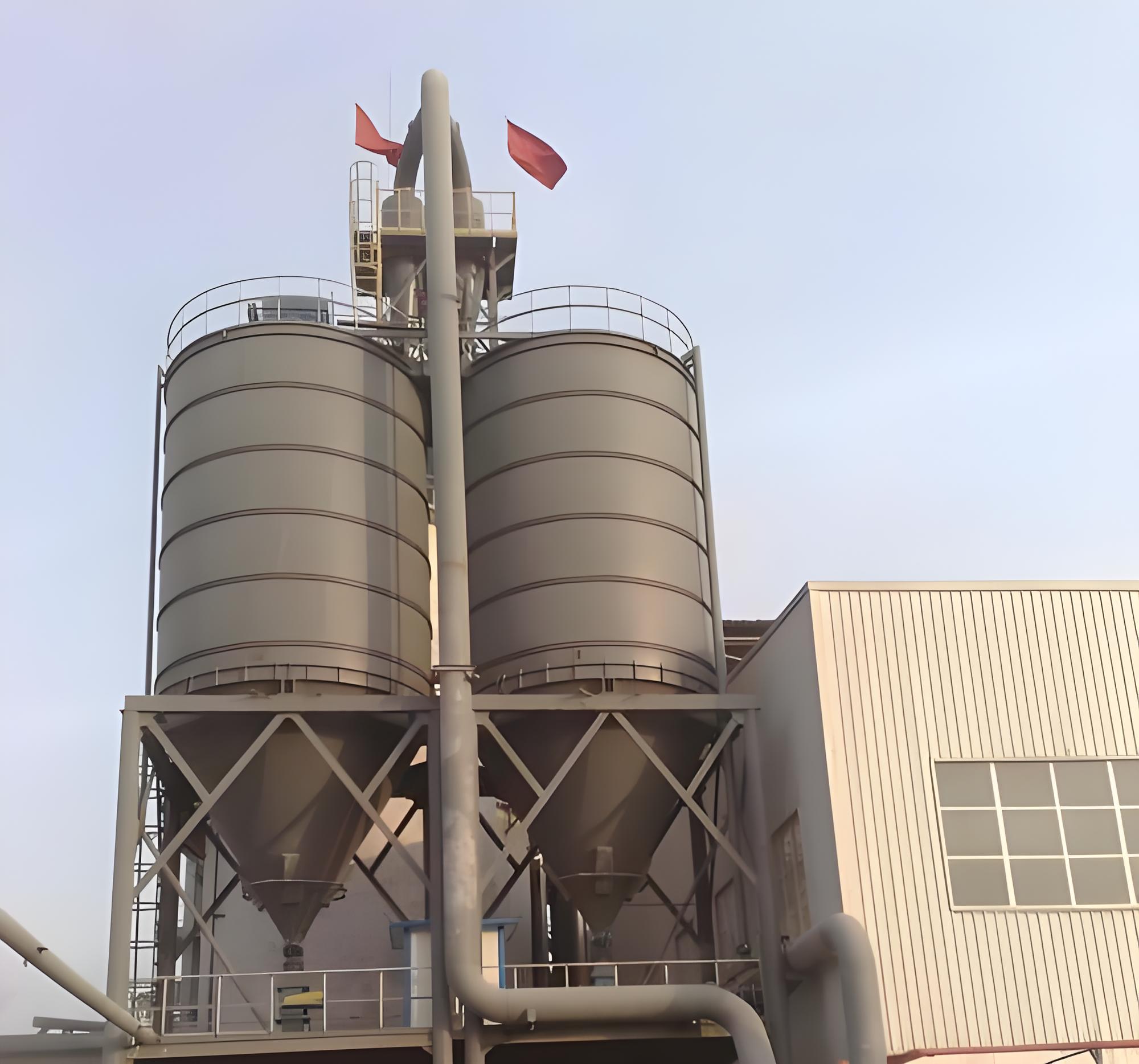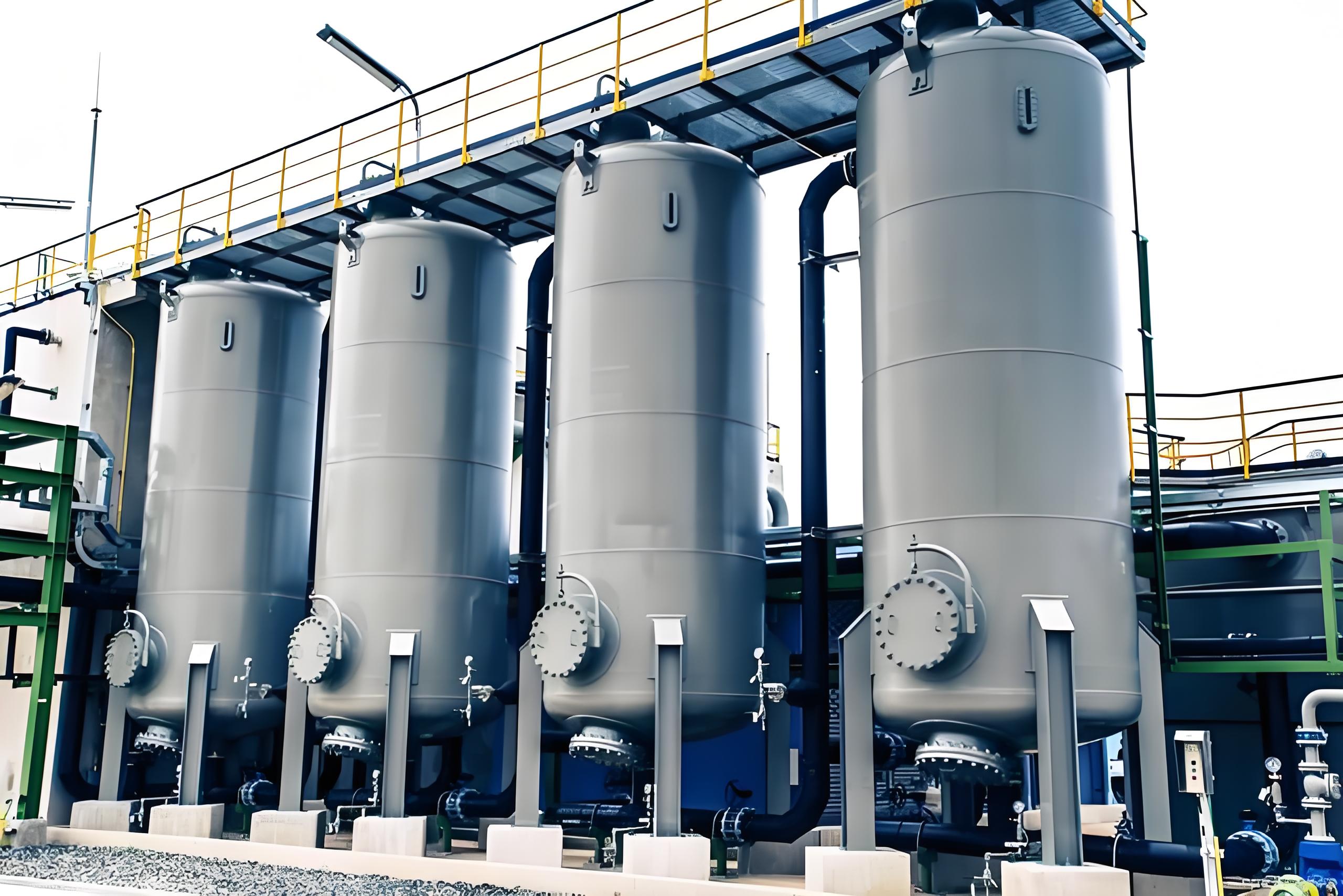Activated carbon pneumatic conveying
Shandong Dongkai can provide turnkey projects such as process demonstration, design, equipment production, equipment installation, and system debugging for activated carbon pneumatic conveying systems based on the actual production and on-site layout of activated carbon materials.
Activated carbon, also known as activated carbon black, is an amorphous carbon and a functional material. Its main component is carbon, which has a carbon skeleton structure and contains trace amounts of oxygen, hydrogen, nitrogen, sulfur, and other elements, forming a variety of functional groups and rich pore structures. It is in the form of black powder or granules, with a unique microcrystalline structure, well-developed pores, developed specific surface area, and lighter specific gravity than water. It has good adsorption function, hydrophobicity, and can accept water bubbles; Can withstand strong acids and alkalis, can be heated at high temperatures, has high mechanical strength, is conductive, and has stable chemical properties. The edges, misalignment, discontinuity, presence of unpaired electrons, and residual valence states of aromatic flakes in activated carbon are highly reactive areas that can interact with substances such as oxygen, hydrogen, nitrogen, or sulfur to participate in various surface and catalytic reactions.
Activated carbon, as an excellent adsorbent, catalyst, and catalyst carrier, plays an important role in various fields such as catalyst carrier, water treatment, air purification, pharmaceutical applications, energy storage, electrode materials, etc.
According to the appearance of activated carbon, it is usually divided into two categories: powder and granular. Granular activated carbon includes cylindrical, spherical, hollow cylindrical, hollow spherical, and irregularly shaped crushed carbon. With the development of modern industry and science and technology, many new varieties of activated carbon have emerged, such as carbon molecular sieves, microsphere carbon, activated carbon nanotubes, activated carbon fibers, etc.
